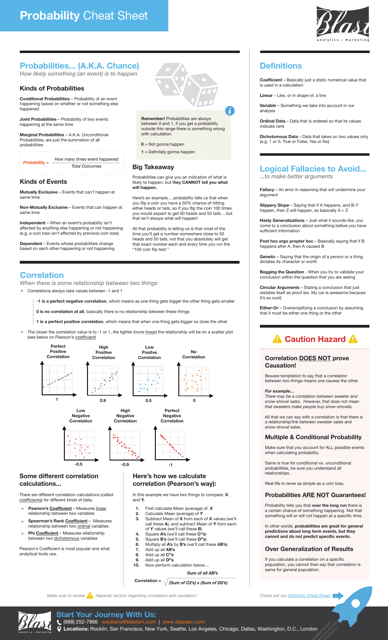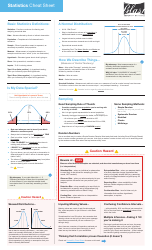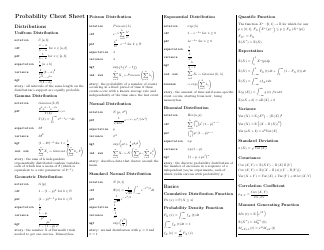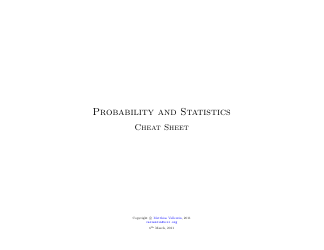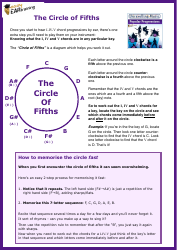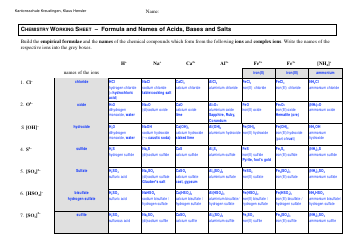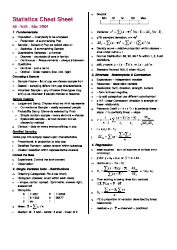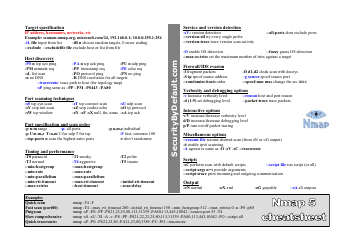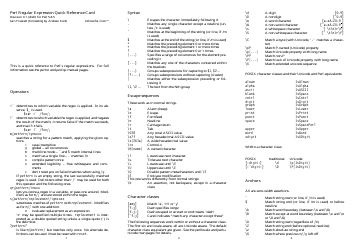Probability Cheat Sheet - Blast
The Probability Cheat Sheet - Blast is a resource that provides a concise and handy reference guide for understanding and applying concepts related to probability. It can be used as a quick reference tool to help with calculations, formulas, and key definitions in the field of probability.
FAQ
Q: What is probability?
A: Probability is a measure of the likelihood that an event will occur.
Q: How is probability usually expressed?
A: Probability is usually expressed as a number between 0 and 1, where 0 represents an impossible event and 1 represents a certain event.
Q: What is the probability of an event that is certain to happen?
A: The probability of a certain event is 1.
Q: What is the probability of an event that is impossible to happen?
A: The probability of an impossible event is 0.
Q: What is the probability of an event that is equally likely to happen or not happen?
A: The probability of an event that is equally likely to happen or not happen is 0.5 or 50%.
Q: How do you calculate the probability of an event?
A: The probability of an event is calculated by dividing the number of favorable outcomes by the total number of possible outcomes.
Q: What is the difference between theoretical probability and experimental probability?
A: Theoretical probability is based on calculations and predictions, while experimental probability is based on actual observations and data.
Q: What is the complement of an event?
A: The complement of an event is the probability of the event not happening.
Q: What is the addition rule of probability?
A: The addition rule of probability states that the probability of either of two mutually exclusive events happening is the sum of their individual probabilities.
Q: What is the multiplication rule of probability?
A: The multiplication rule of probability states that the probability of two independent events happening is the product of their individual probabilities.
